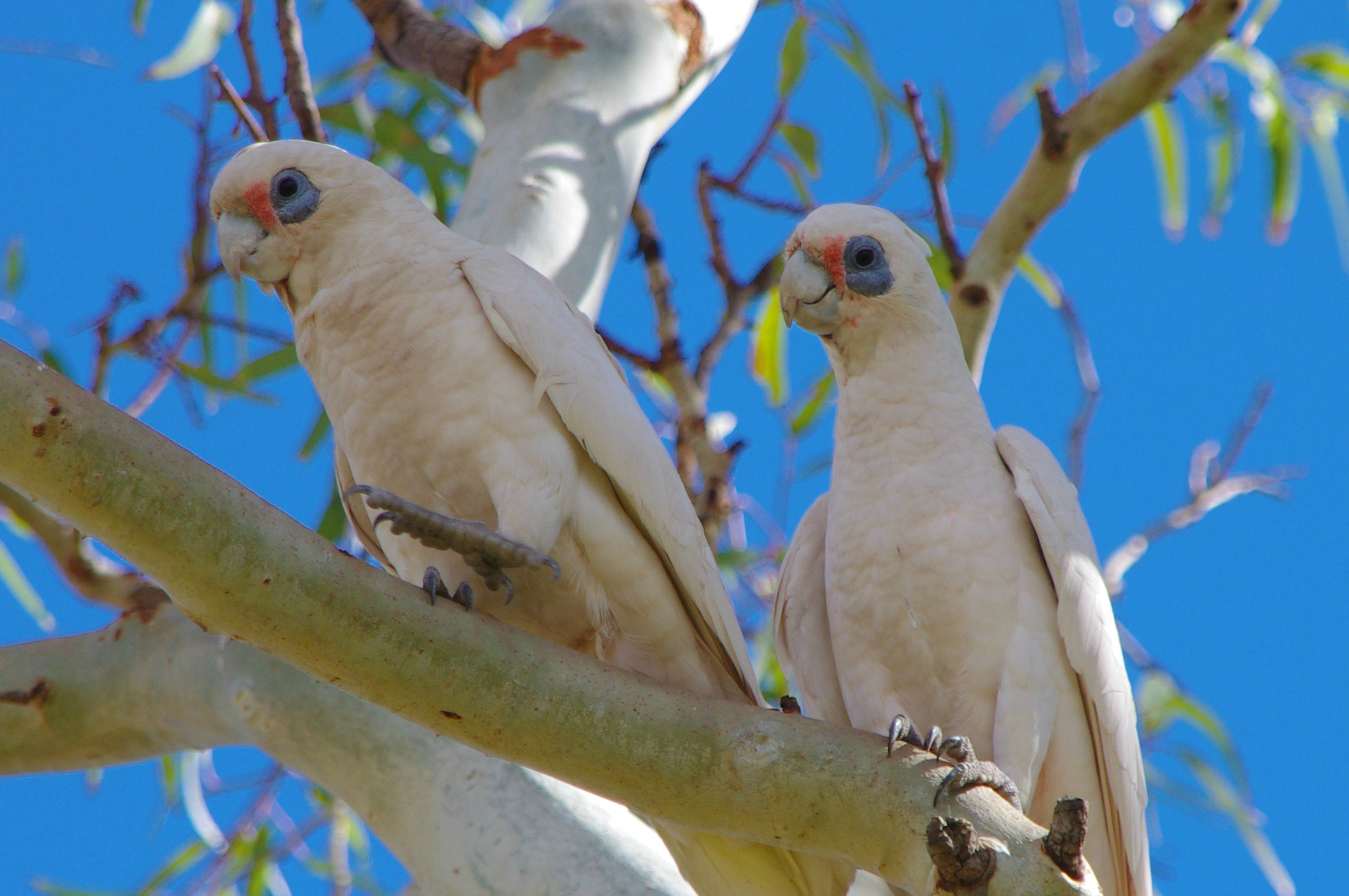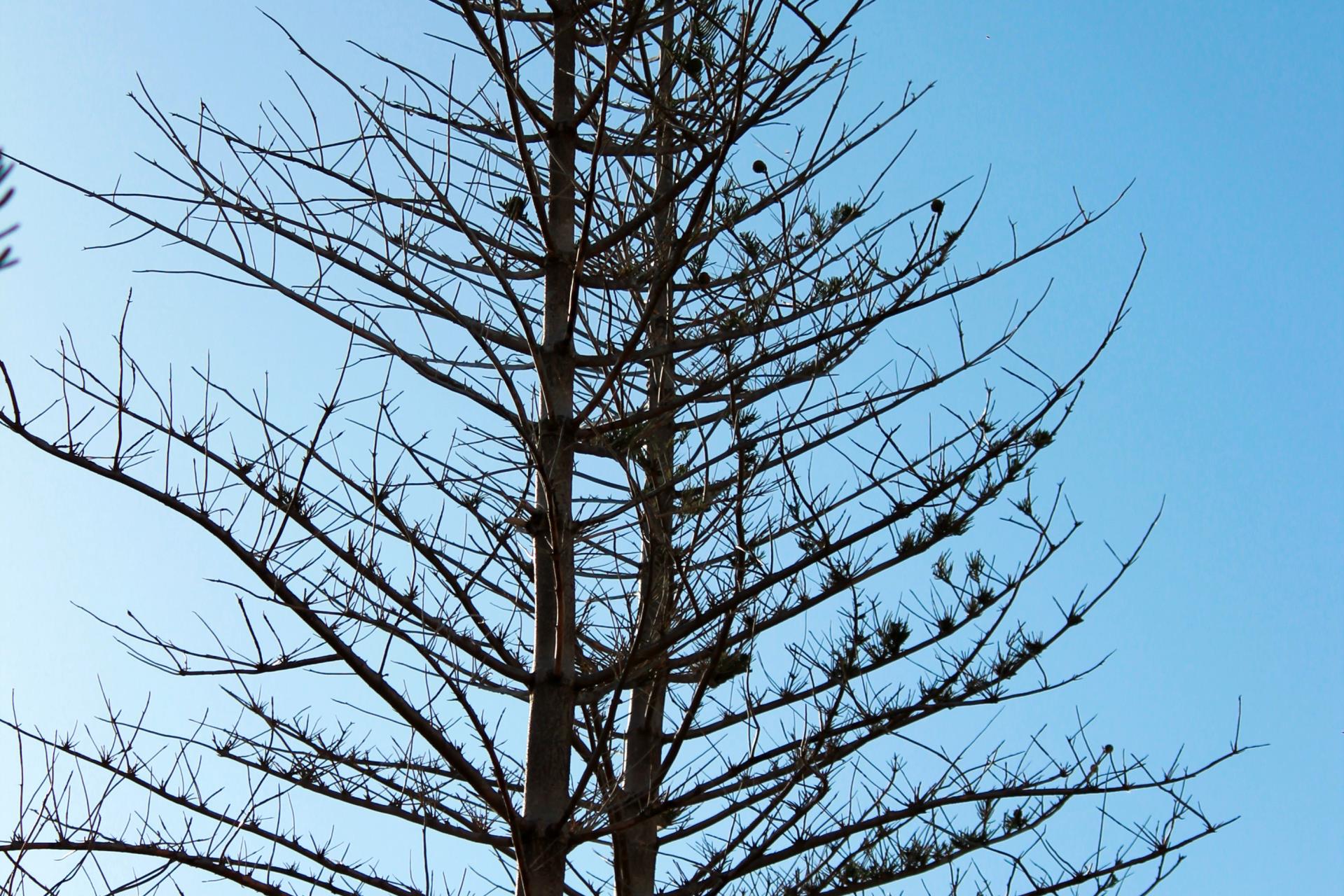Corellas
Introduced corellas are becoming an increasing problem in the City through nuisance and impacts on infrastructure.
The Little Corella (Cacatua sanguinea) and Western Corella (Cacatua pastinator butleri) are declared pests in the City under the Biosecurity and Agriculture Management Act 2007. They are also a Category 3 declared pest under the Biosecurity and Agriculture Management Regulations 2013 which requires landholders to undertake some form of management that will alleviate the harmful impact; reduce the numbers or distribution; or prevent or contain the spread of the declared pest in the area. However, in practice there is minimal expectation that residents within the City can undertake control work.
In addition, the Little and Western corella is a native species protected under the Biodiversity Conservation Act 2016. Under the Act, the population in the City is one of the 'managed fauna' species. This is in recognition of the economic damage that corellas can cause. The term ‘managed fauna’ means that within the City boundaries they can be taken by means of a firearm, or disturbed by means of a noise or light generating device to prevent economic damage without seeking any approvals from the Department of Biodiversity, Conservation and Attractions.

Managing Corellas
The City has developed a management program that documents our current approach toward corella management and to guide future efforts. Read the Corella Management Program here
More on the implementation of the Corella Management Program here
The aim of the Corella Management Program is:
'To minimise the adverse impacts caused by corellas within the City of Greater Geraldton.'
In achieving the this aim, it must be recognised that the City has finite resources to allocate to corella management and as such must prioritise its actions. Therefore, the City’s primary focus is on protecting Council infrastructure and assets on Council owned and managed land which includes community sporting facilities.
The City will also provide advise to the community and meet with property owners/occupiers on-site to discuss the options available to them to manage corellas.
Property owners/occupiers that experience nuisance issues need to undertake their own management controls to protect and relieve nuisance on their own properties or private land. Property owners/occupiers requesting advice from the City must be willing and able to undertake scaring actions on their own property. City staff will only visit sites where the property owner/occupier is willing to help-themselves.

Photo: Trees damaged by roosting corellas.
Background
Corellas are long-lived, highly intelligent birds that learn from each other. They are increasingly common in the urban landscape of Western Australia. This has led to a significant level of public concern where noise, property destruction and ‘mess’ have forced local governments to seek solutions in dealing with what has emerged as a significant human-wildlife conflict issue.
While there are several species of corella native to Western Australia, range expansion of eastern populations of corellas has driven a significant increase in population numbers in the last 20 years. Both the northern and southern Wheatbelt regions of Western Australia provide perfect foraging habitat, in combination with local and permanent water on farm properties, and appropriate roosting trees through retained fringing and remnant vegetation. To a large extent rural, peri-urban and urban communities duplicate this resource availability across landscapes meaning that flocks are persistent despite being physically moved using various scaring devices.
Despite the considerable efforts undertaken by the City to date, eradication of the corellas appears unlikely in the short to medium term due primarily to the size and distribution of the corella population in the Midwest region. As such, management of the birds is likely to be an ongoing issue for foreseeable future.
The City will continue to refine and improve its management of the corellas into the future in order to minimise their impact on the local community. However, it must be recognised that the corellas along with many other pest species pose a significant problem, one that extends beyond local government boundaries, resource availability and statutory responsibilities. As such, corella management requires a shared response across all stakeholders including government, the private sector and the community, where appropriate.